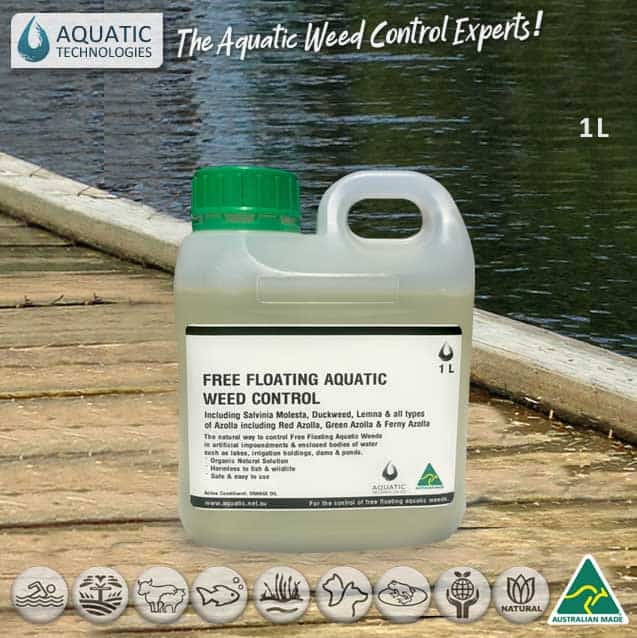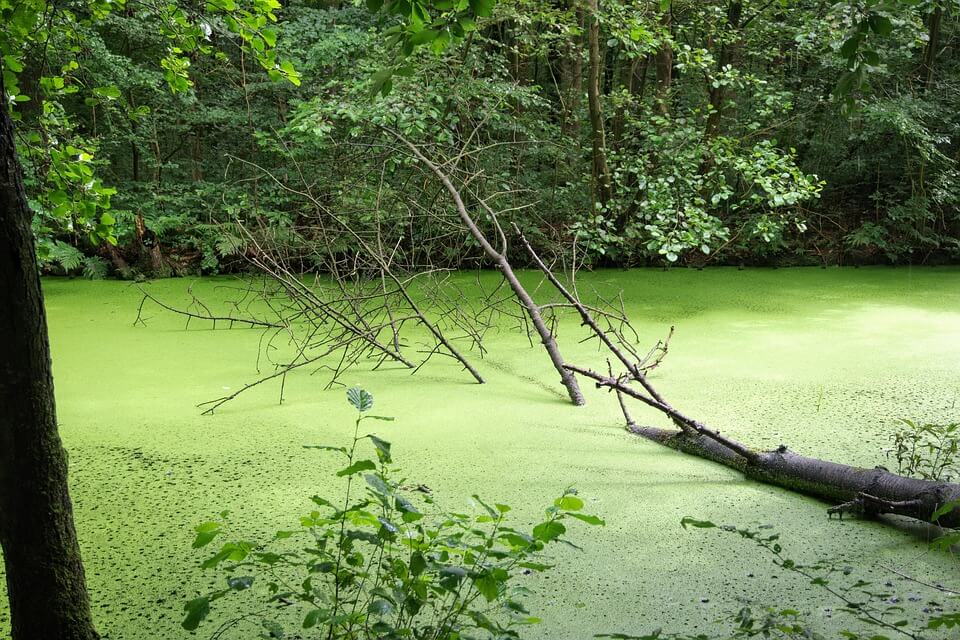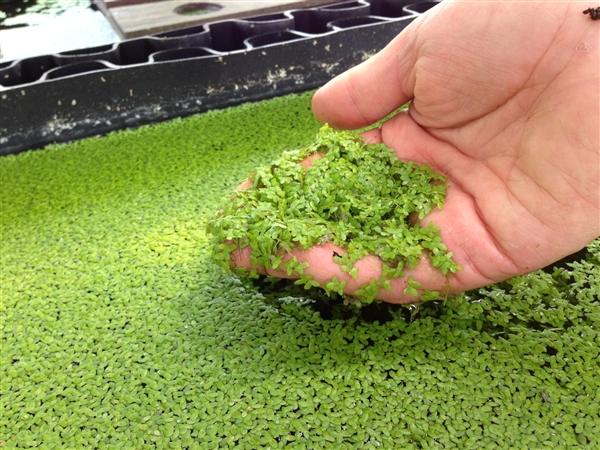Duckweed can tolerate a wide range ph between 4 5 and 7 5 as well as temperatures between 68f 20c and 86f 30c making duckweed a challenging aquatic plant management issue worldwide.
Duckweed chemical control australia.
For example on a 1 acre pond apply 1 2 quart and then the other 1 2 quart 10 to 14 days later.
Step 3 use the pond herbicide tsunami dq to get existing duckweed under control.
Herbicides will also kill duckweed but are more expensive.
Duckweed can form a dense green mat on the surface of a slow moving or stationary water body in nurtrient rich conditions.
Treat as soon as plants appear in the spring.
It does not affect other aquatic plants and treated water is safe for use as there is no withholding period.
No matter which control method you choose it.
You will have to use the maximum recommended dosage of tsunami dq which is 2 gallons of product per acre.
Roundup pro biactive is the most widely used chemical for control of duckweeds.
Manual removal of duckweed is the cheapest way to controlling this invasive aquatic plant.
For effective duckweed control and removal at a reasonable cost and without environmental damage or risk to water users choose which pond solution.
Care should be taken when controlling very severe infestations not to cause de oxygenation of the water as large quantities decompose at once.
Duckweeds are tiny free floating plants that are native to australia.
Chemical control there are several options to control duckweed in ponds.
Use a season long herbicide such as airmax wipeout or sonar a s.
It is a natural product based on orange oil extracts that is safe and easy to apply.
What does it look like.
One treatment treats the entire body of water for duckweed and many other common pond weeds for the season.
It is very safe to the aquatic fauna and can be used in the presence of all species of fish.
They include the smallest flowering plants on earth.
For duckweed control apply at 1 quart per surface acre where the average depth is 4 feet in a split application 10 to 14 days apart.
Catch falling leaves in autumn before they reach the pond floor by placing netting or other material on top of the water as a partial means of duckweed control.
Free floating weed control is an effective way to control salvinia duckweed lemna and all types of azolla.
Apply the chemical fairly evenly over the water surface.
They are an important food source for birds and aquatic animals.
Controlling duckweed includes the physical removal of duckweed and watermeal plants.









